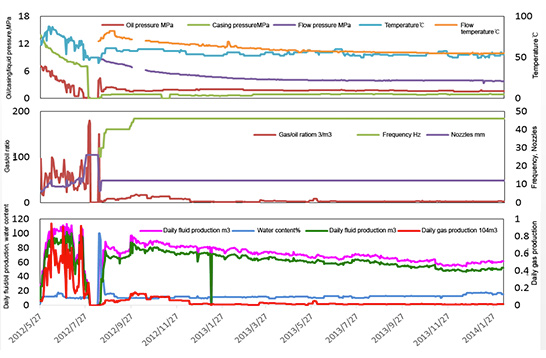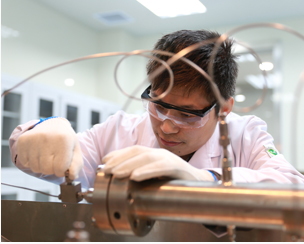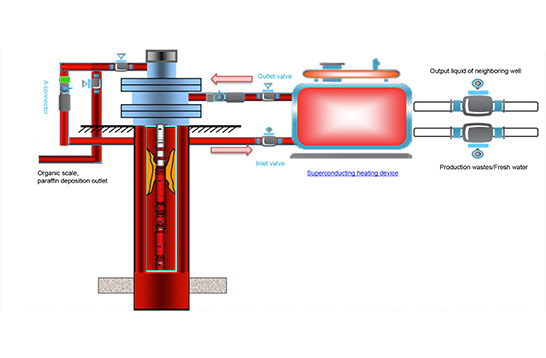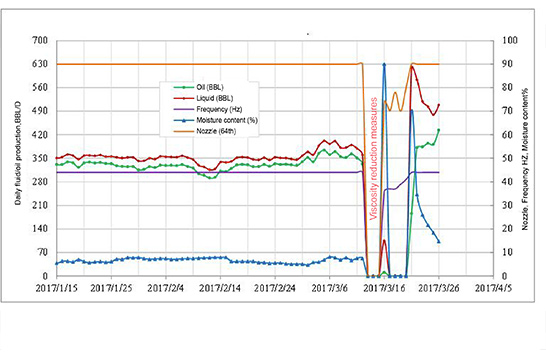Heavy Oil Recovery Service
Process Introduction
The multi-component thermal fluid huff-puff is a composite huff-puff recovery technology between steam (or hot water) and gas, and this technology adopts the burning spray mechanism used by the engine of space rocket, which takes the industrial diesel oil, crude oil or natural gas as the fuel, and then burns with the high-pressure air in the high-pressure combustion chamber of the rocket-power recovery equipment, and forms multi-component thermal fluid consisting of steam, CO2 and N2 for huff-puff recovery after adding injection water.
The synergistic effect of steam, gas or chemical agents, etc., is made full used for common offshore heavy oil, and it indicates that the productive results can up to 1.5 times of the conventional steam recovery through physical simulation and numeric simulation, and can up to more than 3 times of the conventional cold recovery capacity by applying multi-component thermal fluid huff-puff technology for offshore heavy oil.
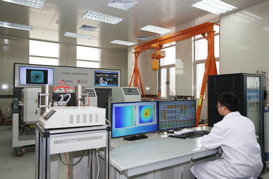
Technical Applicability
Supporting Systems, Software and Tools
Supporting systems: Geological reservoir technology, thermal recovery and completion technology, thermal recovery technology design, ground equipment technology of thermal recovery, multi-component thermal fluid corrosion protection technology, gas channeling prevention and control technology, demulsification prevention and efficiency improvement technology;
Software: offshore heavy oil thermal recovery wellbore thermal parameter calculating software, optimization and design software for thermal recovery and injection string of multi-component thermal fluid, software for multi-component thermal fluid corrosion prediction, software for optimizing the thermal recovery and injection parameter of multi-component thermal fluid;
Tools: Down-hole safety control tool, injection-production two-way pollution prevention tool, high-performance insulation tool, uniform injection allocation tool at horizontal section.
Application
This technology has been implemented in some oilfield in Bohai Sea since 2008, including thermal recovery huff-puff of old wells, the primary, the secondary and the third round of thermal recovery huff-huff of new wells, with cumulative operation of 28 well-times, and the daily oil production is increased to 600 ton/day from less than 200 ton/day before cold recovery, with the recovery rate of up to 0.67%. The thermal recovery production capacity is increased by 1~2 times compared with that of cold recovery so as to develop the oilfields economically and efficiently.
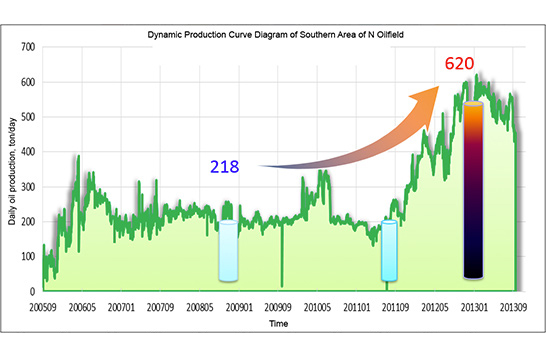
Case Study
Some well in the southern area of N Oilfield is injected with 2,933 cubic meters of heat from May 9 to May 9, 2012, put into operation on May 27, which blew for 67 days, and the daily peak oil production reached 101 cubic meter/day, with cumulative oil production from open flow of 4,690 cubic meter; the thermal recovery capacity was 2.3 times of that achieved by the cold recovery at initial stage.
